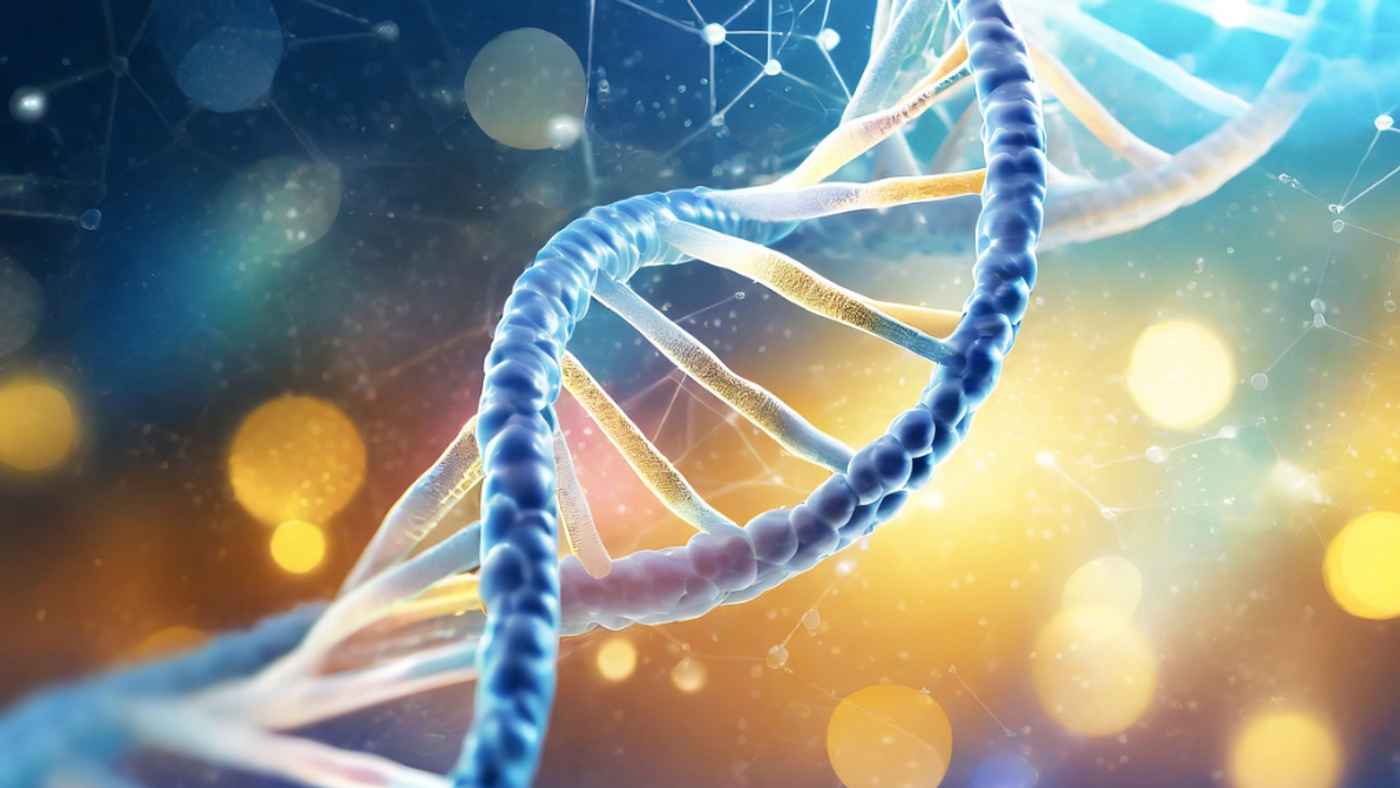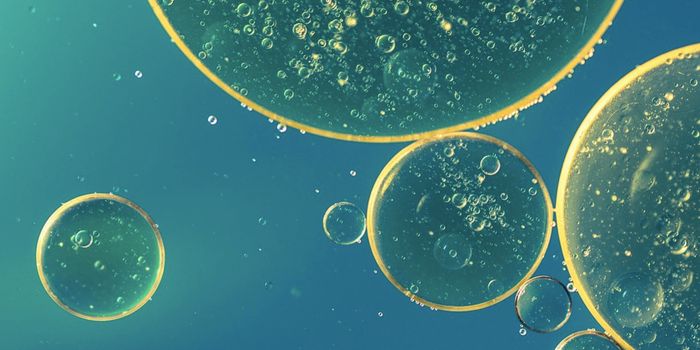Non-Coding RNA can Beneficially Boost Gene Activity in Cells
Proteins carry out many of the essential function of cells, and scientists have spent years learning about the expression of protein-coding genes. When genes are active, they are transcribed as messenger RNA (mRNA) molecules, which are then exported from the nucleus of the cell, where the DNA is kept, and into the cytoplasm, where mRNA molecules are translated into proteins. But many RNA molecules that do not code for protein are also exported from the nucleus and into the cytoplasm.
Scientists wanted to know more about what this non-coding RNA is doing, especially since it can often be found at high levels. Reporting in Nature, scientists have now used yeast cells to show that many of these non-coding RNA molecules are antisense RNAs (asRNAs), which have sequences that are complementary to mRNAs. So the right asRNA can anneal to its mRNA match. This turns out to promote the export of mRNAs from the nucleus to the cytoplasm, which boosts gene expression; a kind of "superhighway" for the transport of mRNAs is created with asRNAs to accelerate gene activity.
The asRNA functions as a regulator of their sense mRNA matches, leading to the formation of double-stranded DNA. They are preferentially exported from the nucleus. Cells also don't like to degrade double-stranded DNA, giving them a kind of protection.
The researchers suggested that this mechanism is especially important when cells are changing, such as when they are subjected to stress or various environmental influences. Previous work from this research group has shown that when cells are under stress, the quality control mechanisms that keep mRNA molecules in check begin to break down.
The investigators noted that it was highly unlikely that the cell would bother to make these antisense, non-coding RNAs for no reason.
"It seemed unbelievable to me that a cell would produce RNAs without a purpose," said corresponding study author Professor Heike Krebber of the University of Göttingen. "This is contrary to nature."
Now, we know at least one reason why cells generates so much asRNA. "In biology, this is particularly striking because the cell expends a lot of energy on asRNA production," Krebber noted. "This new understanding brings asRNAs into the focus of the question of how diseases develop and how they can be combated."
While this study was performed in yeast, these cells faithfully recapitulate many basic functions, making them an excellent model for the study of gene expression in eukaryotes. Like yeast, humans are made of eukaryotic cells.
Sources: University of Gottingen, Nature









